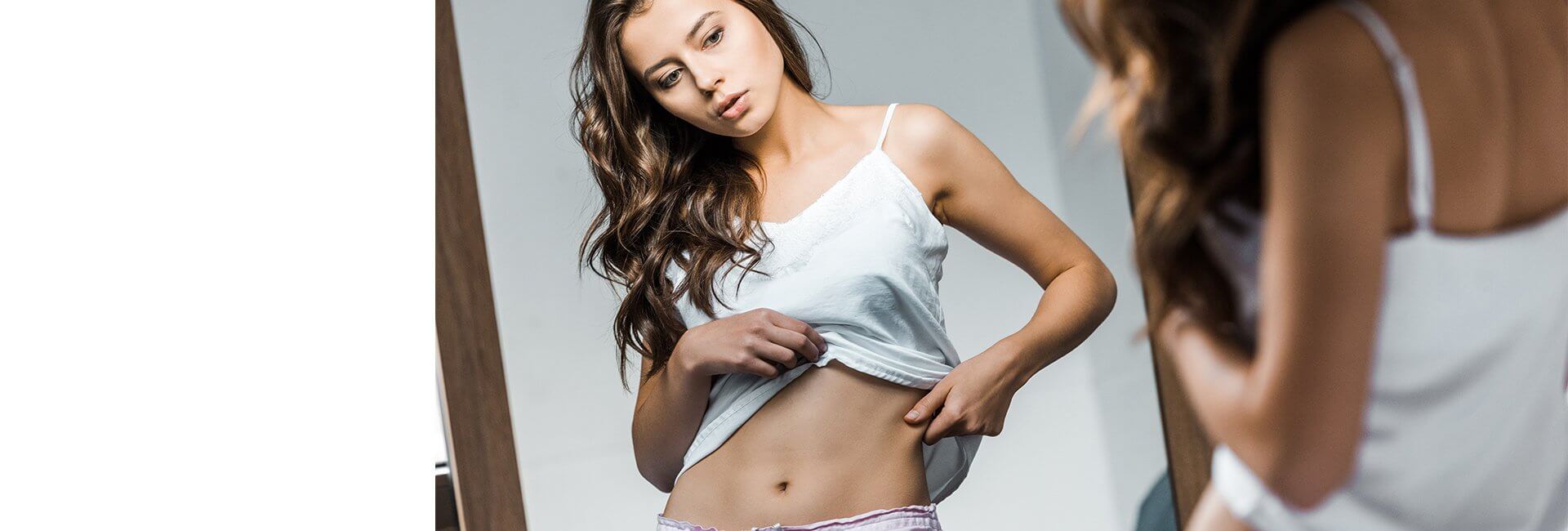Cervical Cancer
Cervical Cancer
Cervical Cancer is a big deal, so big that every year in Australia 700 women are diagnosed.
Cervical Cancer is a big deal, so big that every year in Australia over 900 women are diagnosed. It is one of the most common cancers that affect women and girl’s reproductive systems. It’s particularly bad as you can develop it as part of normal life or you can catch it as sexually transmitted disease. Cervical Cancer affects the cervix, which is the lower part of the Uterus, or womb, and is situated at the top of the vagina. Cervical Cancer will normally only affect women over 30, but if you’re a young girl then it’s not a cool idea to just ignore this seriously nasty disease.
How can I get Cervical Cancer Normally Cancer happens when normal cells in your body go all weird and mutate into cells that grow much quicker than normal cells, eventually forming a growth inside you called a tumour. Human Papillomavirus (HPV) can be the cause of Cervical Cancer; however this is not always the case! In order to protect yourself from HPV, make sure you and your partner are fully protected any time you engage in sexual activities, although sometimes even using protection might not help prevent HPV. The bad news is that Cervical Cancer often has no real symptoms that you might notice. That’s why screening and regular visits to your doctor are a must. Some women may get an indication that they have Cervical Cancer: the symptoms include some vaginal bleeding in between periods, a vaginal discharge that has blood in it and has an unusual odour or pain around your pelvic area. Some warts ‘down there’ might also indicate you have HPV (the STI that can cause Cervical Cancer); however this is not always the case. In recent studies, HPV appears more often in girls who are younger than 18 and have unprotected sex (another reason to always be safe). Smoking has also been found to increase the risk of getting HPV which can lead to Cervical Cancer.
Stopping Cervical Cancer If you are an 11, 12 or 13 year old girl at school you can get a free Cervical Cancer vaccine that will protect you against up to 80% of all Cervical Cancer. Even if you are not 12 or 13 you should still ask your doctor about getting the vaccine. The NHMRC Immunisation Handbook recommends it for 9 to 18 year olds. The Cervical Cancer Vaccine consists of 3 vaccine injections over a 3 month period. The bad thing about the vaccine is that it won’t help you much if you already have HPV so it’s best to get the vaccine when you are still young and not sexually active. Vaccination together with regular checkups and pap smears are the best way to protect yourself against Cervical Cancer. In fact studies have shown that pap smears save around 1,200 women in Australia each year from Cervical Cancer.
Cervical Cancer sounds like scary stuff, but if you get regular checkups combined with having the vaccine (check with your parents and GP to confirm this is right for you) and practice safe sex, then it should be something that you don’t need to worry about too much. Even if you are diagnosed with Cervical Cancer there is a reason to be optimistic, there is lots of proof that when Cervical Cancer is found early and treated properly, a woman has every reason to expect full recovery.
The advice provided in this material is general in nature and is not intended as medical advice. If you need medical advice, please consult your health care professional.

